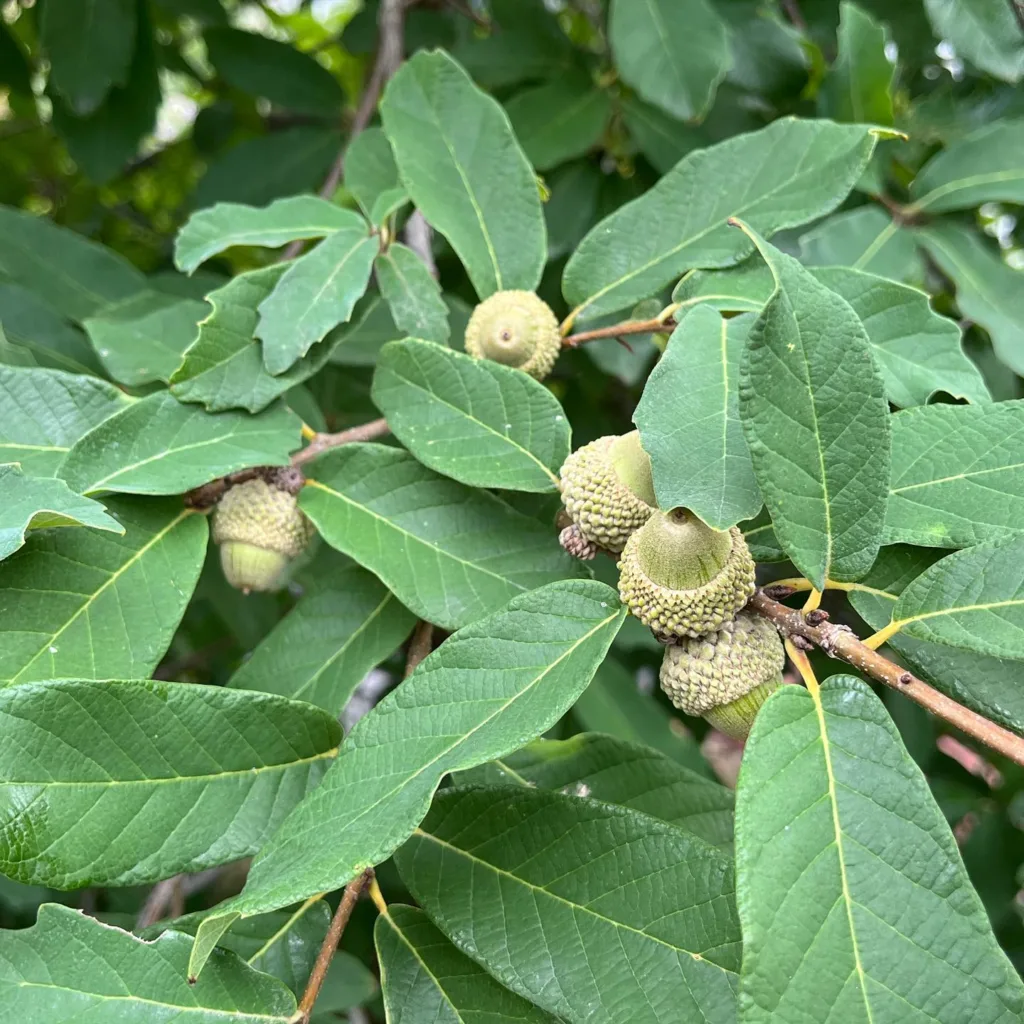
How to grow Blue Jacaranda from seed?
Growing Blue Jacaranda (Jacaranda mimosifolia) from seed can be a rewarding process. Here’s a step-by-step guide to help you grow this beautiful tree from seeds:
49 Species in Genus Jacaranda
1. Collecting and Preparing Seeds:
- Seed Collection: Collect seeds from mature Jacaranda pods, which typically ripen and fall from the tree in late summer or early autumn. The pods will be dry and brown when ready to harvest.
- Seed Extraction: Break open the pods to extract the seeds. Each pod contains numerous flat, winged seeds.
2. Seed Preparation:
- Soaking Seeds: Soak the seeds in warm water for 24 hours before planting. This helps to soften the seed coat and improve germination rates.
3. Sowing Seeds:
- Seed Starting Mix: Use a well-draining seed starting mix. You can create your own by mixing equal parts of peat moss, perlite, and vermiculite.
- Containers: Sow the seeds in seed trays or small pots with drainage holes.
- Planting Depth: Plant the seeds about 1/4 inch (6 mm) deep in the seed starting mix. Lightly cover them with soil.
- Watering: Water the soil gently to keep it moist but not waterlogged.
4. Germination Conditions:
- Warm Temperature: Place the seed trays or pots in a warm location. Jacaranda seeds germinate best at temperatures between 70°F and 85°F (21°C to 29°C).
- Light: Provide bright, indirect light. Avoid direct sunlight, which can dry out the soil and damage young seedlings.
- Humidity: Cover the seed trays or pots with a plastic dome or a clear plastic bag to maintain humidity. Make sure to ventilate occasionally to prevent mold growth.
5. Germination Time:
- Patience Required: Jacaranda seeds can take anywhere from 2 to 8 weeks to germinate. Be patient and keep the soil consistently moist during this period.
6. Transplanting Seedlings:
- First True Leaves: Once the seedlings develop their first true leaves (the second set of leaves after the initial seed leaves), they are ready to be transplanted.
- Individual Pots: Transplant the seedlings into individual pots filled with a well-draining potting mix. Handle the seedlings gently to avoid damaging their delicate roots.
7. Growing On:
- Gradual Acclimation: Gradually acclimate the seedlings to outdoor conditions if you plan to plant them outside. Start by placing them in a shaded area and slowly increase their exposure to sunlight over a week or two.
- Watering: Keep the soil consistently moist but not soggy. Water the seedlings when the top inch of soil feels dry.
- Fertilizing: Feed the seedlings with a balanced, water-soluble fertilizer diluted to half strength every 4-6 weeks during the growing season.
8. Planting Outdoors:
- Planting Time: When the seedlings are about 6-12 inches tall and have several sets of leaves, they can be planted outdoors. The best time to plant is in spring or early summer when the danger of frost has passed.
- Location: Choose a sunny location with well-draining soil. Jacarandas prefer full sun to partial shade.
- Spacing: Plant the young trees at least 10-15 feet apart to allow for their mature size.
9. Long-Term Care:
- Watering: Water the young trees regularly during their first few years to help establish a strong root system. Once established, Jacarandas are fairly drought-tolerant.
- Pruning: Prune the tree to shape it and remove any dead or damaged branches. This can also help to encourage a strong central leader.
- Protection: Protect young trees from strong winds and extreme weather conditions.
How do I observe Blue Jacaranda butterfly in Taonga?
Observing the Blue Jacaranda butterfly in Taonga is a delightful activity. I usually head to areas with plenty of jacaranda trees, especially during the blooming season. These butterflies are attracted to the bright blue flowers, and I find that early morning or late afternoon is the best time to see them in action. They flit gracefully from flower to flower, and it’s mesmerizing to watch. I make sure to have my camera ready to capture their delicate beauty against the stunning backdrop of jacaranda blooms.
Is Blue Jacaranda poisonous?
As far as I know, Blue Jacaranda is not poisonous to humans. I’ve handled the tree and its flowers many times without any issues. The flowers are particularly beautiful and often used in landscaping without any known harmful effects. However, it’s always a good idea to wash your hands after handling any plant, just to be safe.
Is Blue Jacaranda toxic to cats?
Regarding Blue Jacaranda’s toxicity to cats, I’ve done some research and found that the tree is generally considered non-toxic to cats. My cat has been around the tree and its fallen flowers without any adverse reactions. However, it’s always wise to monitor pets around any plant, as individual sensitivities can vary, and some cats might still have a unique reaction.
Is Dwarf Blue Jacaranda messy?
Similarly, the Dwarf Blue Jacaranda is also somewhat messy when it drops its flowers. In my experience, the flowers fall in large quantities, and while they look lovely, they can create a bit of a chore when it comes to yard maintenance. The fallen petals can be slippery and need to be swept up regularly to keep pathways clear. Despite this, the tree’s beauty makes it a popular choice in my garden.
When does the Blue Jacaranda bloom?
The Blue Jacaranda typically blooms in late spring to early summer. I’ve eagerly awaited this time of year because the tree bursts into a spectacular display of blue-violet flowers, transforming my garden into a vibrant oasis. The blooming period can last several weeks, and I love spending time outside during this season to fully appreciate the breathtaking beauty of the jacaranda in full bloom.
If i die, water my plants!



